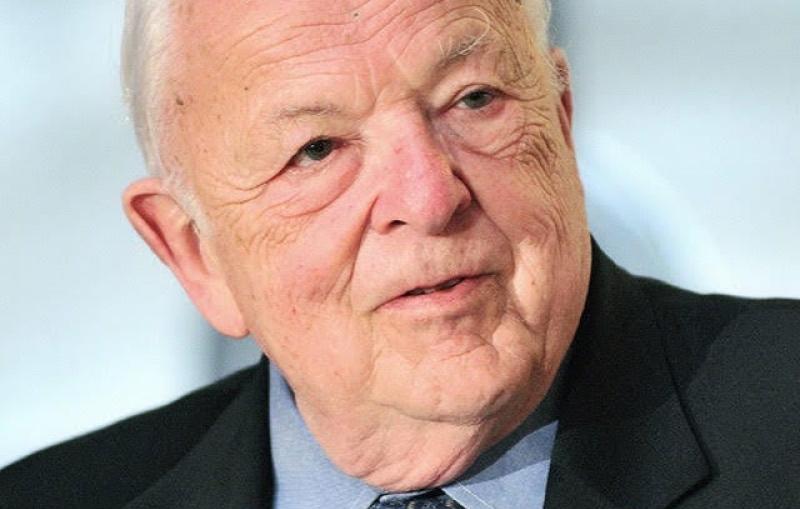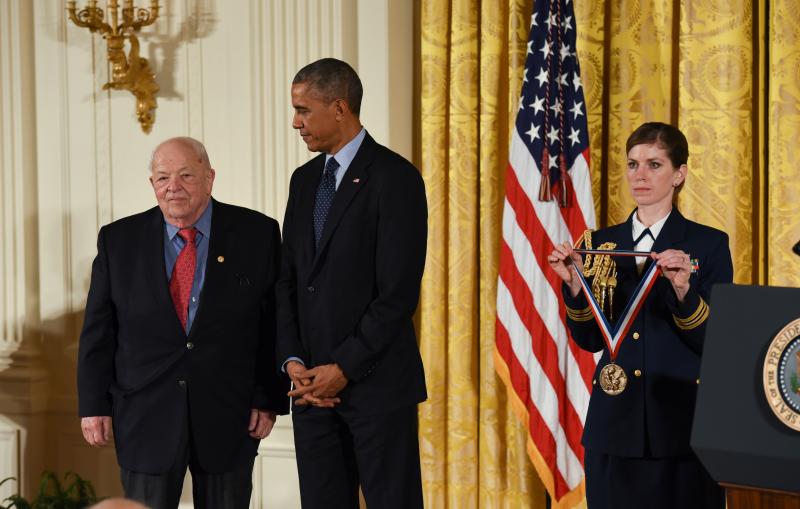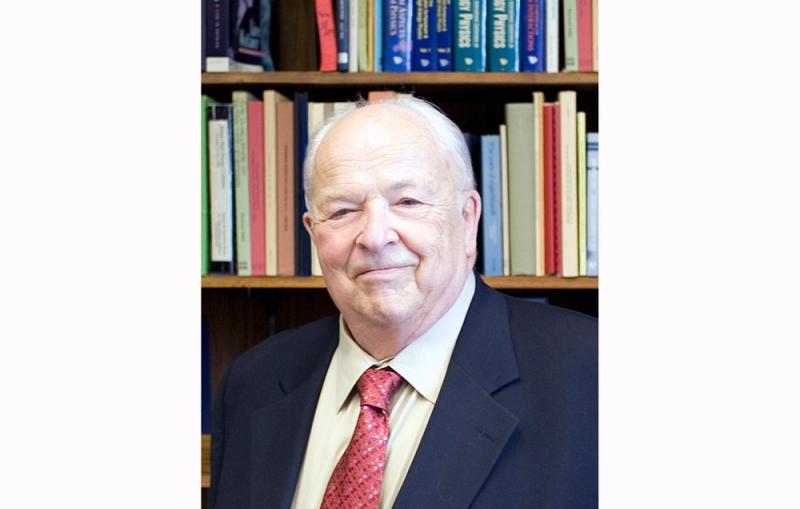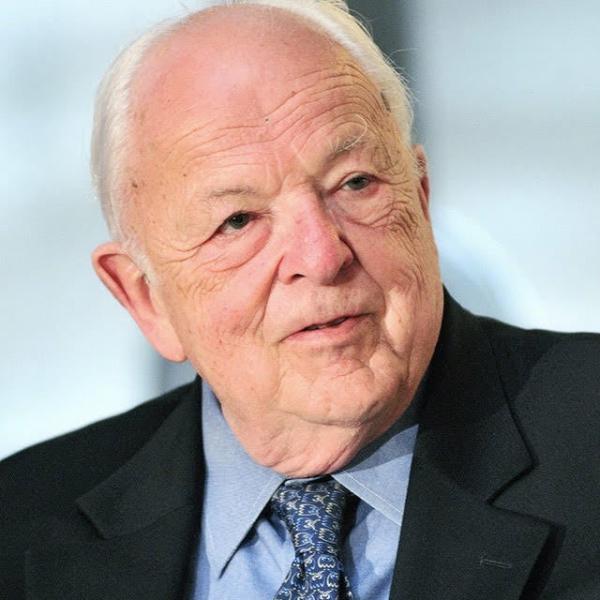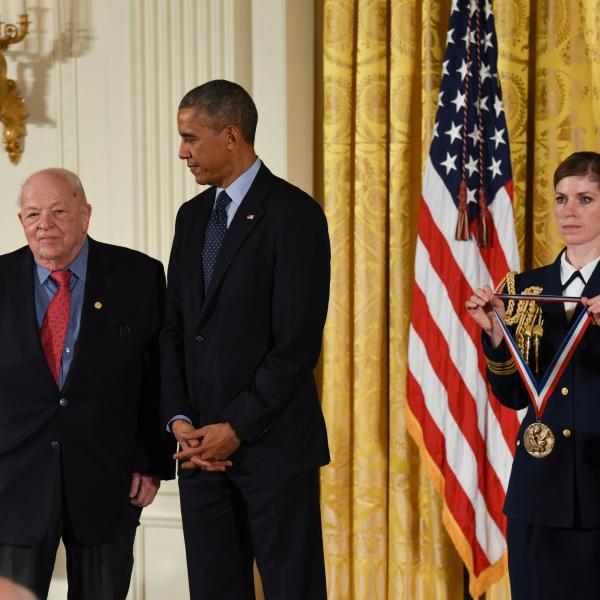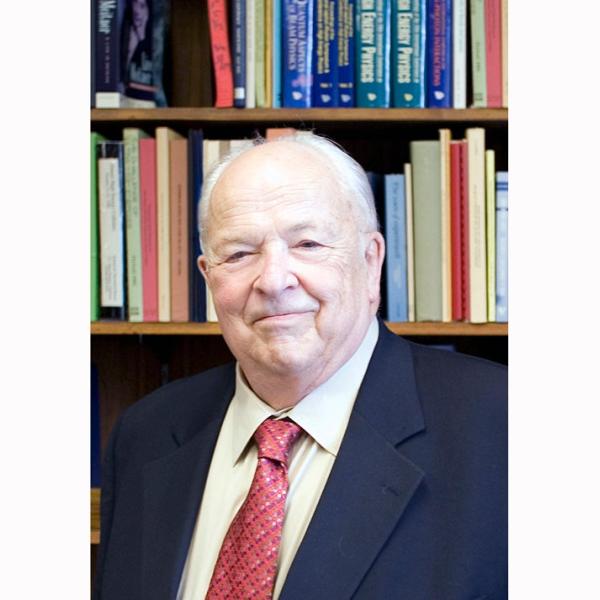Burton Richter
Lab Director 1984-1999
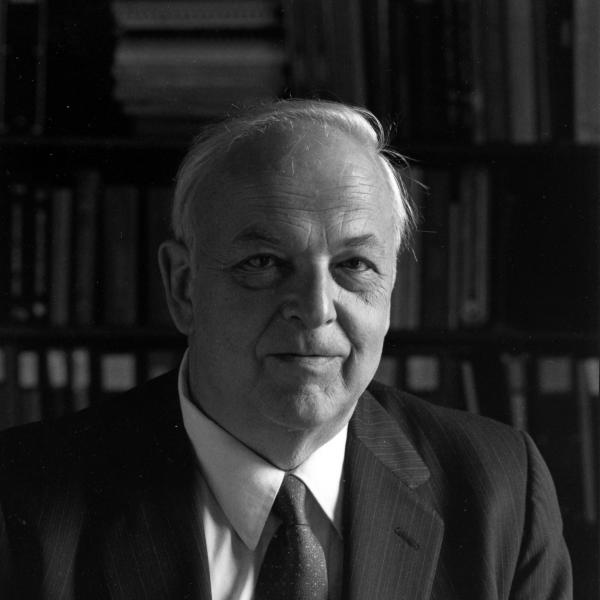 (Courtesy SLAC National Accelerator Laboratory, Archives and History Office)
(Courtesy SLAC National Accelerator Laboratory, Archives and History Office)
Burton Richter served as SLAC’s director from 1984 to 1999. He received his bachelor’s degree in physics in 1952 and a PhD in 1956 from the Massachusetts Institute of Technology. Richter’s career at Stanford started in 1956 as a research associate in the High Energy Physics Laboratory. He became an assistant professor in the Physics Department in 1960, joined SLAC as an associate professor and rose to technical director before becoming the leader of the laboratory.
Richter shared the 1976 Nobel Prize in physics for...
Burton Richter served as SLAC’s director from 1984 to 1999. He received his bachelor’s degree in physics in 1952 and a PhD in 1956 from the Massachusetts Institute of Technology. Richter’s career at Stanford started in 1956 as a research associate in the High Energy Physics Laboratory. He became an assistant professor in the Physics Department in 1960, joined SLAC as an associate professor and rose to technical director before becoming the leader of the laboratory.
Richter shared the 1976 Nobel Prize in physics for discovery of the J/psi particle, whose existence implied the existence of the charmed quark. He received numerous other honors and awards, including the nation’s highest scientific honor, the National Medal of Science, presented in 2014 by President Obama; the Department of Energy’s Enrico Fermi Award in 2012; and the DOE’s Ernest Orlando Lawrence Award in 1977. He was a member of the National Academy of Sciences, a fellow of the American Academy of Arts and Sciences and the American Association for the Advancement of Science, and former president of the International Union of Pure and Applied Physics and the American Physical Society. Richter was also a member of JASON, an independent group of scientists that advised the U.S. government.
In his later years Richter turned his attention to energy issues and in 2010 was the author of the prize-winning book Beyond Smoke and Mirrors: Climate Change and Energy in the 21st Century. He was a member of the DOE’s Nuclear Energy Advisory Committee and chaired its fuel cycle subcommittee from 2000 to 2013, and was a member of the first PCAST Review Panel for the National Climate Change Assessment. Richter was also the Paul Pigott Professor of Physical Sciences Emeritus at Stanford University, a senior fellow at Stanford’s Freeman Spogli Institute for International Studies and Precourt Institute for Energy and an affiliate of the Stanford Woods Institute for the Environment.
Selected stories featuring Burton Richter

